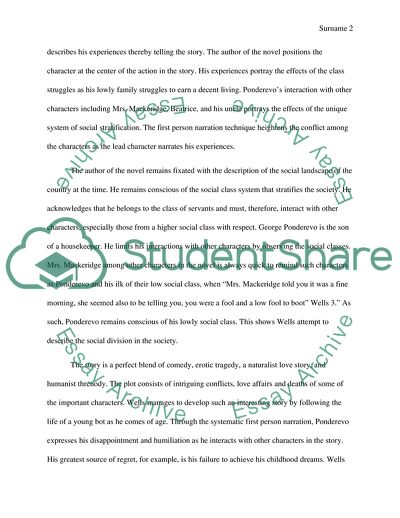Cite this document
(Strategic Literary Techniques in Tono-Bungay by H. G. Wells Essay, n.d.)
Strategic Literary Techniques in Tono-Bungay by H. G. Wells Essay. Retrieved from https://studentshare.org/literature/1871452-tono-bungay
Strategic Literary Techniques in Tono-Bungay by H. G. Wells Essay. Retrieved from https://studentshare.org/literature/1871452-tono-bungay
(Strategic Literary Techniques in Tono-Bungay by H. G. Wells Essay)
Strategic Literary Techniques in Tono-Bungay by H. G. Wells Essay. https://studentshare.org/literature/1871452-tono-bungay.
Strategic Literary Techniques in Tono-Bungay by H. G. Wells Essay. https://studentshare.org/literature/1871452-tono-bungay.
“Strategic Literary Techniques in Tono-Bungay by H. G. Wells Essay”. https://studentshare.org/literature/1871452-tono-bungay.


